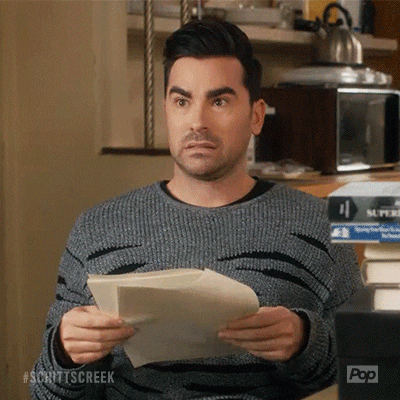Why I Hate COVID Antigen Tests
And why I need to get over it.
COVID antigen tests, or “rapid tests,” use lateral-flow technology to quickly identify the presence of a protein that lives on the surface of the SARS-CoV-2 virus. If viral protein is detected, the test cartridge shows a “positive” color line. A positive test means the tested person currently has infectious disease.
Antigen tests can be used in two broad ways, diagnostic and surveillance.
In a person experiencing classic COVID-19 symptoms, the antigen test is used as a diagnostic test to confirm suspected disease. If a rapid antigen test is positive in a symptomatic person, it is fairly reliable that the person has COVID-19.
The challenge is when an antigen test is negative.
One negative rapid antigen test does not rule out infection.
One negative rapid antigen test result should not be used to guide a medical plan of care.
One negative rapid antigen test should be followed up by a confirmatory PCR test.
Here’s the rub. When the FDA allowed rapid COVID tests to be used under an EUA, data at that time suggested a high level of accuracy. Now that the tests are being used in the “real world,” rapid tests are not as great as we thought. For example, the Sofia test initially reported 96% accuracy, but new data suggests that is actually closer to 80% with a high rate of “false positives.” The Abbott BinaxNOW test is demonstrating even lower accuracy. Mix in some community rates and pre-test probability, and antigen testing gets messy quick.
This is why I hate rapid antigen tests. The result of an antigen test in Overland Park may be more or less reliable than a test in Olathe--simply because a different type of test was used AND the context in which the test was done. In other words, the phrase “but my rapid test was negative” really doesn’t mean much. As a doc, I need more details to properly diagnose and offer best advice, and these details are most often missing. Let’s be honest - who would ever know to ask the question of what type of test is being used?!? (Maybe just readers of this newsletter? Share and subscribe!)
This is also why COVID test “pop-up shops,” slinging rapid tests for cash, make me cringy. I’m not confident the significance of the results are being adequately explained to members of my community who are trying to do the right thing…. but with incomplete information. Plus, I’m rarely hearing of these locations completing confirmatory PCR tests when clinically appropriate. My patients are reportedly being given a “yes or no'' and sent on their way.
This, my friends, is bananas.
Clinical decision making is more than just testing. It’s more than just the presence of a little blue line that can determine if someone is sick. It actually takes training, experience and understanding of the test to put all these pieces together. And when we are dealing with a deadly disease, this is serious business.
One of the many reasons we are struggling to control the Pandemic is that our primary focus has been to identify and isolate the sick. But SARS-CoV-2’s trickery is entirely hinged on its ability to silently infect and spread without causing illness. As long as asymptomatic carriers are present in a community, identification and isolation of ill and exposed persons has imperfect value.
To crush the Pandemic, we need to be working on coordinated efforts to identify and isolate the “infected sick” AND the “infected well.” Add some public health measures which we know work to limit viral spread like masks, distancing, and staying out of other people’s houses; sprinkle with people with innate and vaccine-induced immunity… Now we’ve got something.
To help find infected well people, antigen tests are being used for surveillance. By testing one person 2-3 times a week and alerting to pre-symptomatic or asymptomatic phases, we would catch many more infectious individuals. This could be tremendously helpful for say, school campuses or New York restaurants. And since antigen tests offer results without utilizing local lab resources, they limit the burden on overly stressed systems.
This is why I need to get over it. The utility of the antigen test is immediate decision making. Since the test will only turn positive if a lot of virus is present, the concern for immediate spread of disease from the negative person is low.
A reasonably accurate test done frequently is better than a very accurate test that is rarely performed.
We need more antigen tests. And when that day comes (soon), Americans would also need clear direction on their use. We would need evidence-based knowledge to know what to do with the results. Our societal norm will need to shift to increase value in knowing your status. Individuals would need the financial capacity and personal willingness to stay home if their test is positive. Everyone would need easy access to confirmatory PCR tests. And testing would have to be accessible in communities of limited resources and greatest need.
Do I think we are close?
But, we are getting there. Companies all over the planet are working towards developing cheap, quick, and accurate tests to help us find and fight the virus. Until then, continue to lean into the strategies we know protect your family. Mask up, wash up, keep your distance, stay out of other people’s houses, talk to your doc about testing, and get vaccinated as soon as you can.
Coming up this month: A look forward to the next vaccines on the way, things to know after you get the COVID vaccine, and why you should trash the sippy cup. Plus, a community thread.
All of your kind comments are read and appreciated. As always, growth is my fuel. If you have found this helpful, I appreciate you clicking the heart and sharing this with someone new.




